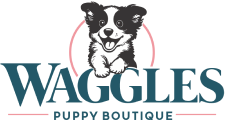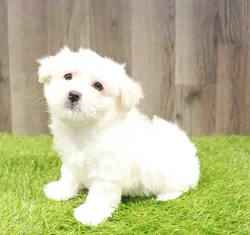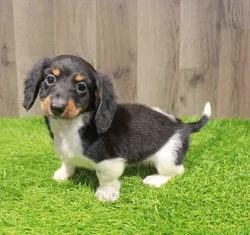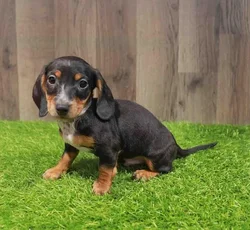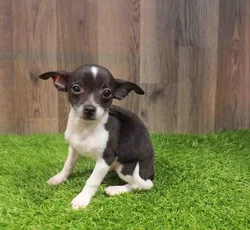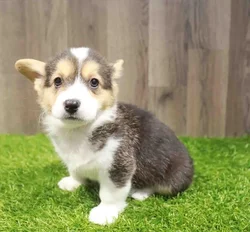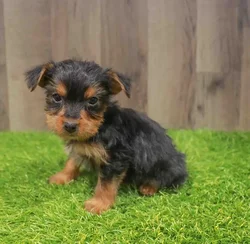Min Pin
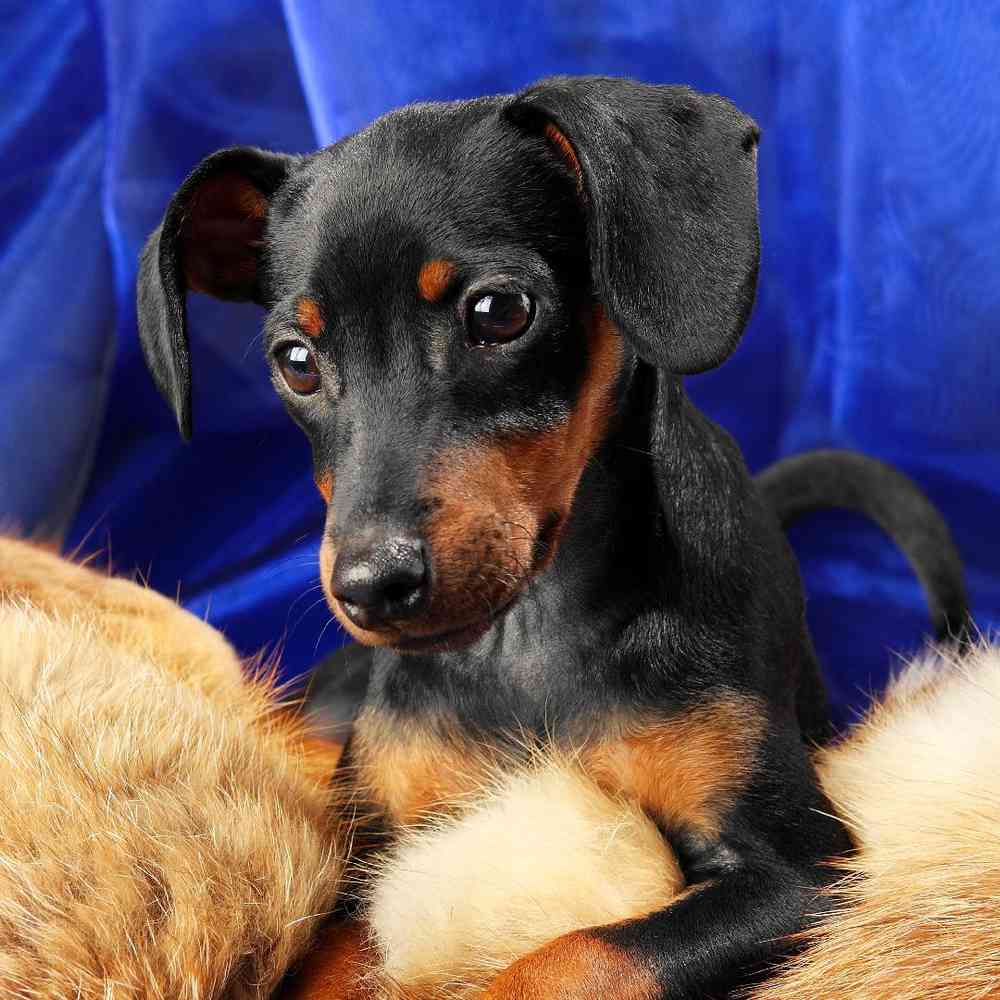
The leggy Miniature Pinscher is known to fans as the “King of Toys.” This proud, fearless, fun-loving toy breed of lustrous coat and a compact, wedge-shaped physique is a true personality dog, known for a high-stepping “hackney” gait.


Breed Traits
Clubs, Registries & Associations
American Canine Association Continental Kennel Club Universal Kennel Club International American Kennel Club United All Breed Registry America's Pet Registry, Inc. United Kennel Club (Based on breed recognition. See store for details on this particular puppy.)
Group
Heritage
Description
Health Awareness
Personality
Exercise/Energy Level
Additional Information
General Appearance
The Miniature Pinscher is structurally a well balanced, sturdy, compact, short-coupled, smooth-coated dog. He naturally is well groomed, proud, vigorous and alert. Characteristic traits are his hackney-like action, fearless animation, complete self-possession, and his spirited presence.
Head
Neck, Topline, Body
Forequarters
Hindquarters
Coat
Color
Gait
Temperament
Disqualifications
About
Min Pins are sturdy, compact dogs standing no more than 12.5 inches at the shoulder. The smooth, shiny coat comes in two shades of solid red, or chocolate-and-rust or black-and-rust. The dark, slightly oval eyes and high-set ears help bring out a self-possessed, “big dog” personality. A distinguishing characteristic is the Min Pin’s high-stepping “hackney” gait, reminiscent of a hackney horse at the trot.
History
Standard
Nutrition
Grooming
Exercise
Training
Health
Did you know?
The Miniature Pinscher is referred to as the "King Of The Toys”
All pets have found there homes! Sign up to be notified when new pets are added so you don't miss out.
